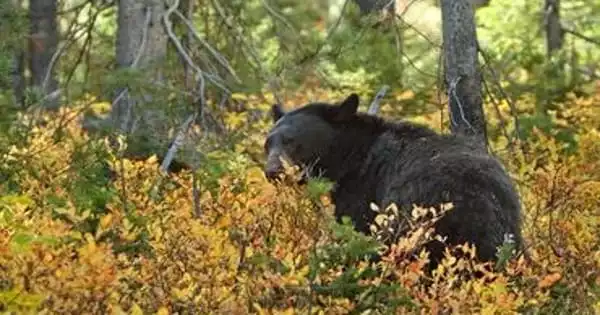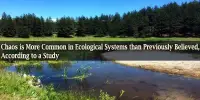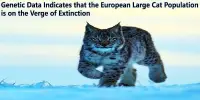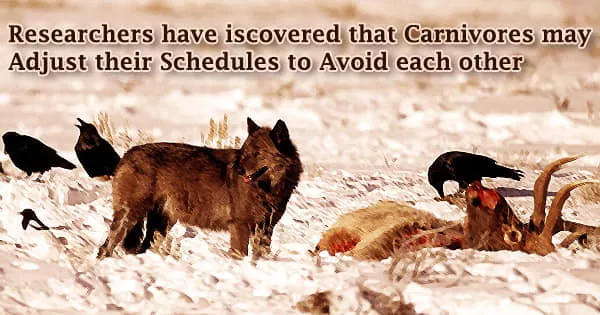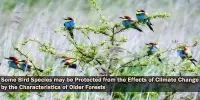In one of the first studies of its kind, researchers assessed how the loss of biodiversity in birds and animals may affect plants’ ability to adapt to human-caused climate change. Animals are used by more than half of plant species to distribute their seeds. The ability of animal-dispersed plants to keep pace with climate change has been reduced by 60% due to the loss of mammals and birds that help such plants adapt to environmental change, according to a study featured on the cover of this week’s issue of Science by researchers from the United States and Denmark.
Machine learning and data from thousands of field investigations were utilized by researchers from Rice University, the University of Maryland, Iowa State University, and Aarhus University to map the contributions of seed-dispersing birds and mammals globally. To assess the severity of the reductions, the researchers compared current seed dispersal maps to maps depicting dispersal in the absence of human-caused extinctions or species range limits.
“Some plants live hundreds of years, and their only opportunity to travel is as a seed moving over the landscape,” said Rice biologist Evan Fricke, the study’s first author.
As the climate changes, many plant species will have to relocate to a more suitable area. Plants that rely on seed dispersers may become extinct if there aren’t enough animals to transport their seeds far enough to keep up with changing conditions. “Animal-dispersed plants aren’t moving very far if there aren’t any animals around to consume their fruits or transport away their nuts,” he said.
Large mammals and birds are especially essential as long-distance seed dispersers and have been widely lost from natural ecosystems. The study emphasizes the importance of restoring faunas to enable effective dispersal in the face of rapid climate change.
Professor Evan Fricke
Many plants on which humans rely, both economically and ecologically, rely on seed-dispersing birds and mammals, according to Fricke, who conducted the research while a postdoctoral fellow at the University of Maryland’s National Socio-Environmental Synthesis Center (SESYNC) in collaboration with co-authors Alejandro Ordonez and Jens-Christian Svenning of Aarhus and Haldre Rogers of Iowa State.
Fricke claims that this is the first study to assess the global scope of the seed-dispersal problem and pinpoint the locations most affected. The scientists constructed a machine-learning model for seed dispersal using data from field studies all across the world, and then used the learned model to estimate the loss of climate-tracking dispersal caused by animal losses.
He stated that estimating seed-dispersal losses requires two key technological advancements. “First, we required a technique to forecast seed-dispersal interactions between plants and animals anywhere in the world,” Fricke explained. The researchers discovered that by modeling data from over 400 field investigations on networks of species interactions, they could reliably anticipate interactions between plants and seed dispersers.
“Second,” he explained, “we needed to predict how each plant-animal interaction affects seed dispersal. For example, when an animal eats a fruit, the seeds may be destroyed or dispersed a few meters or several kilometers away.”
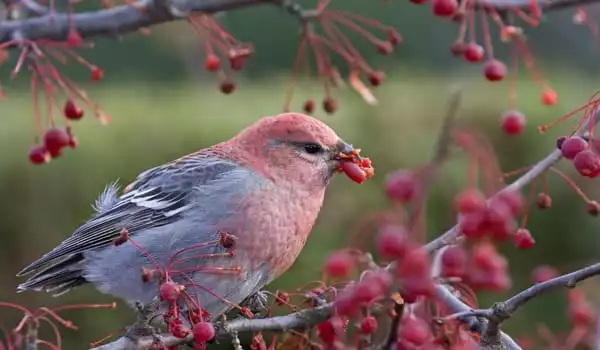
The researchers analyzed data from thousands of studies that looked at how many seeds different kinds of birds and mammals disseminate, how far they disperse them, and how well those seeds sprout. “In addition to a wake-up call that decreases in animal species have substantially hampered plants’ ability to adapt to climate change,” said Doug Levey, program director of the National Science Foundation’s (NSF) Directorate for Biological Sciences, which partially sponsored the experiment.
According to the study, seed-dispersal losses were particularly high in temperate regions of North America, Europe, South America, and Australia. Tropical regions in South America, Africa, and Southeast Asia would be most affected if endangered species became extinct.
“We discovered locations where climate-tracking seed dissemination had dropped by 95 percent, while losing only a few percent of their mammal and bird species,” Fricke added. Seed-disperser losses, according to Fricke, illustrate an essential confluence of the climate and biodiversity challenges.
“Biodiversity of seed-dispersing animals is critical for plant climate resilience, including their ability to continue storing carbon and feeding people,” he explained. Fricke believes that ecosystem restoration to increase the interconnectedness of natural habitats can offset some of the losses in seed distribution.
“Large mammals and birds are especially essential as long-distance seed dispersers and have been widely lost from natural ecosystems,” said Svenning, senior author of the study and professor and director of Aarhus University’s Center for Biodiversity Dynamics in a Changing World. “The study emphasizes the importance of restoring faunas to enable effective dispersal in the face of rapid climate change.”
Fricke stated, “We don’t only lose species when we remove mammals and birds from ecosystems. Extinction and habitat loss have a negative impact on complex ecological networks. According to this study, animal reductions can disrupt ecological networks in ways that jeopardize the climatic resilience of entire ecosystems on which people rely.”
“Through SESYNC and other NSF initiatives, we are enabling ecologists to foresee what will happen to plants when their disperser ‘teammates’ drop out of the picture in the same way we predict sports game outcomes,” said Levey.
